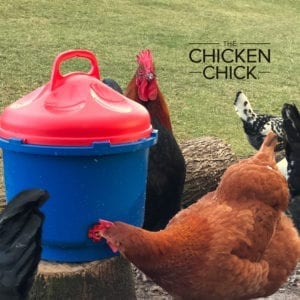
This 3 gallon, thermostatically-controlled poultry nipple drinker is my preferred drinker for my chickens.
Water is the driving force of all nature -Leonardo da Vinci
Chickens cannot be healthy if they are drinking dirty water. A poultry nipple drinker is the best way to deliver consistently clean water to chickens of all ages.
For Metabolism
“Water is involved in every aspect of poultry metabolism. It plays important roles in regulating body temperature, digesting food, and eliminating body wastes. At normal temperatures, poultry consume at least twice as much water as feed. When heat stress occurs, water consumption will double or quadruple.”
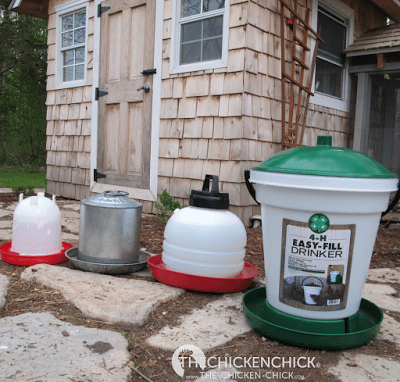
The Essential Nutrient
“Water is often taken for granted, and yet it is probably the most essential nutrient. Water is by far the single greatest constituent of the body, and, in general, represents about 70% of total body weight. Access to water is very important, and a lack of water for several hours will probably cause a decline in egg production. Hens are more sensitive to a lack of water than a lack of feed.”
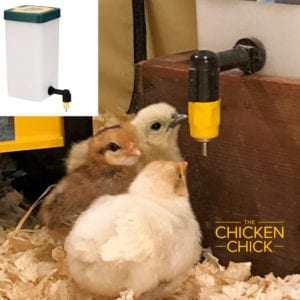
Chick poultry nipple drinkers keep the brooder dry and the water clean 100% of the time!
Amount of Water Needed
“Water and food consumption rates are interdependent, so reduced water intake can also lead to reduced food intake. There are other factors that affect water intake, with temperature being the most obvious one. For example, chickens drink between 30-50% more water when the environmental temperature is above 32oC compared with when it is 21oC. Water intake is also affected by the type of drinkers used. The rule of thumb for water intake is that water intake is usually 1.5 to 2 times feed intake.”
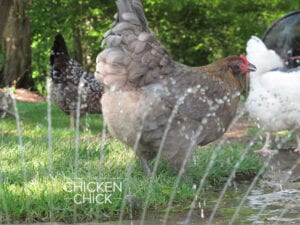
For Digestion
“Water in the crop softens the feed so that digestion can occur. Without the water, dry feed forms clumps in the crop that can press on the bird’s carotid artery, decreasing blood flow to the brain. This can cause paralysis and possible death. Poultry anatomy complicates matters. A split in the upper hard palate of the beak allows air into the nasal passages and prevents the chicken from forming a vacuum in its mouth. Hens, therefore, rely on gravity to draw water into the crop.”
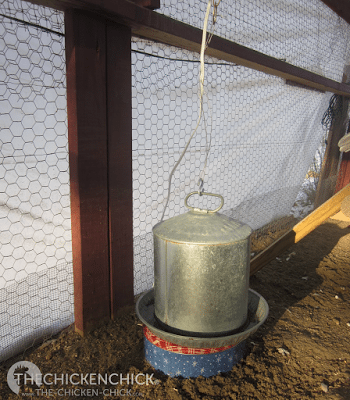
As my flock has grown in size and number, so have the number and size of waterers I have tried. Small, 1 or 2 gallon, opaque waterers allow sunlight to pass through, which causes algae and biofilm growth and they require filling frequently. Not convenient, and slimy water does not support chicken health.
For Egg Production
An egg consists of approximately 75% water and without access to a regular, clean supply of water, a hen will be physically unable to produce eggs.
With baby chicks, I find that raising the waterer up from the floor with a block of wood or cookie tin keeps the water cleaner longer. They will eventually learn to climb on top of the waterer and a large, upside-down funnel works to discourage that behavior.
Keeping water liquid during freezing temperatures is a major challenge that must be met as chickens’ feed consumption increases in the cold and they require water to digest it. I made several cookie tin water heaters, for less than $10 each, which work well in a pinch, but the heated, 3 gallon poultry nipple drinker is my preferred water delivery method, by far.
Kathy Shea Mormino
Affectionately known internationally as The Chicken Chick®, Kathy Shea Mormino shares a fun-loving, informative style to raising backyard chickens. …Read on


shop my SPONSORS

This 3 gallon, thermostatically-controlled poultry nipple drinker is my preferred drinker for my chickens.
Water is the driving force of all nature -Leonardo da Vinci
Chickens cannot be healthy if they are drinking dirty water. A poultry nipple drinker is the best way to deliver consistently clean water to chickens of all ages.
For Metabolism
“Water is involved in every aspect of poultry metabolism. It plays important roles in regulating body temperature, digesting food, and eliminating body wastes. At normal temperatures, poultry consume at least twice as much water as feed. When heat stress occurs, water consumption will double or quadruple.”

The Essential Nutrient
“Water is often taken for granted, and yet it is probably the most essential nutrient. Water is by far the single greatest constituent of the body, and, in general, represents about 70% of total body weight. Access to water is very important, and a lack of water for several hours will probably cause a decline in egg production. Hens are more sensitive to a lack of water than a lack of feed.”

Chick poultry nipple drinkers keep the brooder dry and the water clean 100% of the time!
Amount of Water Needed
“Water and food consumption rates are interdependent, so reduced water intake can also lead to reduced food intake. There are other factors that affect water intake, with temperature being the most obvious one. For example, chickens drink between 30-50% more water when the environmental temperature is above 32oC compared with when it is 21oC. Water intake is also affected by the type of drinkers used. The rule of thumb for water intake is that water intake is usually 1.5 to 2 times feed intake.”

For Digestion
“Water in the crop softens the feed so that digestion can occur. Without the water, dry feed forms clumps in the crop that can press on the bird’s carotid artery, decreasing blood flow to the brain. This can cause paralysis and possible death. Poultry anatomy complicates matters. A split in the upper hard palate of the beak allows air into the nasal passages and prevents the chicken from forming a vacuum in its mouth. Hens, therefore, rely on gravity to draw water into the crop.”

As my flock has grown in size and number, so have the number and size of waterers I have tried. Small, 1 or 2 gallon, opaque waterers allow sunlight to pass through, which causes algae and biofilm growth and they require filling frequently. Not convenient, and slimy water does not support chicken health.
For Egg Production
An egg consists of approximately 75% water and without access to a regular, clean supply of water, a hen will be physically unable to produce eggs.
With baby chicks, I find that raising the waterer up from the floor with a block of wood or cookie tin keeps the water cleaner longer. They will eventually learn to climb on top of the waterer and a large, upside-down funnel works to discourage that behavior.
Keeping water liquid during freezing temperatures is a major challenge that must be met as chickens’ feed consumption increases in the cold and they require water to digest it. I made several cookie tin water heaters, for less than $10 each, which work well in a pinch, but the heated, 3 gallon poultry nipple drinker is my preferred water delivery method, by far.




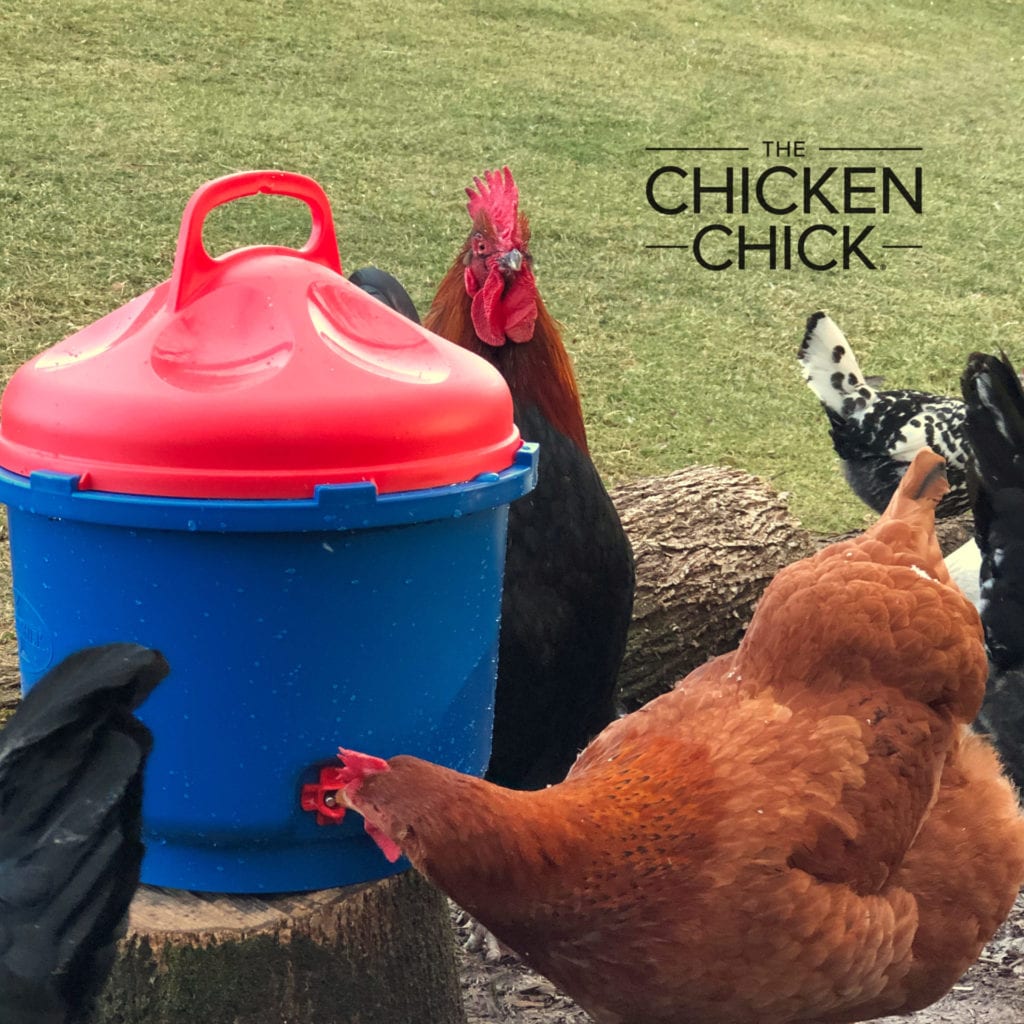
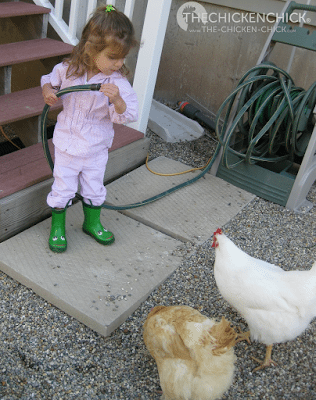
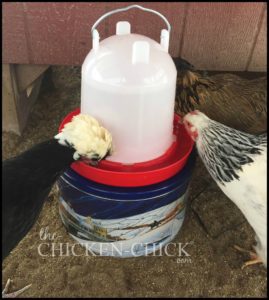
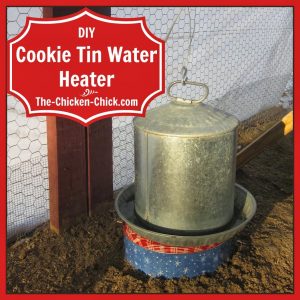

















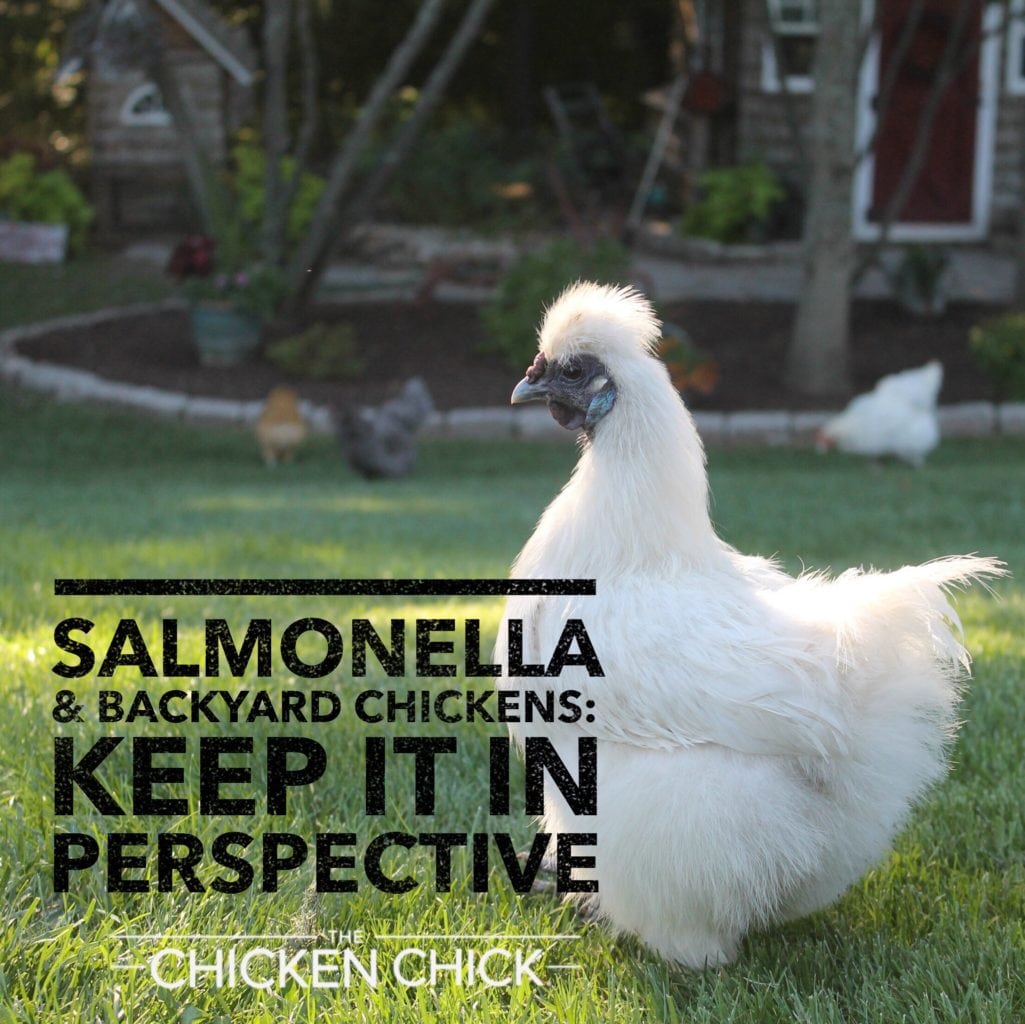
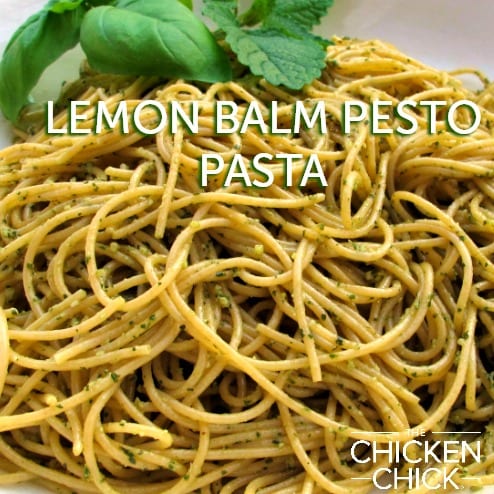
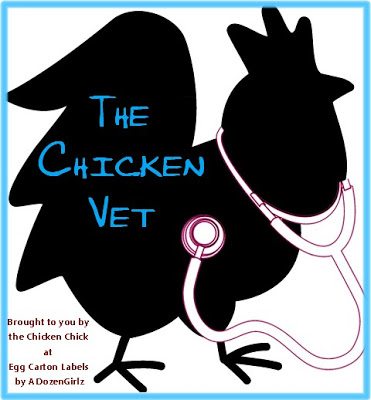















Kathy,
I have problems with the float stop constantly falling out of it's place on this waterer. I hang the wateres and there is a small gap between the base and bucket, that seems to be large enough for the float stop to fall out. I have not had any luck with this waterer so far. Any suggestions?
I was just looking into getting a nipple waterer so I thought I would check your blog to see what you use. You take such good care of your ladies. I always wonder how you can keep everything so clean and new looking.
My wish is to find a way to keep the water clean. I have ducks that simply must put dirt in the water. The 4H waterer does not solve the problem of keeping 'stuff' out of the water. What did you not like about the nipple waterers? Any problems other than the freezing in winter?
Hi Diane! When I tried the nipple waterers the first time, my chickens were already nearly a year old and while I sat with them to teach them how to use them, I could not get past the feeling that they were not drinking as much water from them as they would have from a traditional waterer. I did not stick with them long enough to quantify my feeling to determine whether there was any real basis for the concern, I simply switched back (and watched the birds all dash straight to the waterers the moment they landed in the… Read more »
I use the stainless 3 gallon open waterers. But lately I've been having a neighbor save all his large gallon plastic ice cream containers–They make great waterers, especially if you are giving ACV (apple cider vinegar)in the water. They rinse out easily and are light to carry.
I have a 5 gal metel, 2 1 gal plastic drinking waterers.2 3 gal pans for them to wade in. for 35 chickens. Do you think that is enough. O and fresh water every day of course.
Lots of information here that is helpful and lots of great ideas on how our chickens get their water.. I get big pots from the local thrift shop. They hold up well in the winter when tapping out the ice..If it freezes solid, bring it in, fill up another.. Nothing fancy, but they work well :)